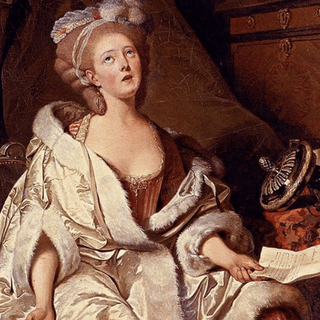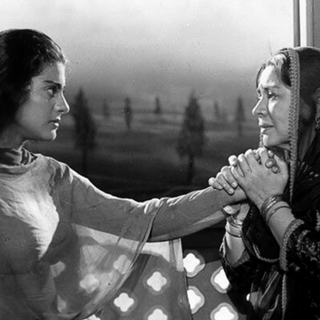In 2020, the number of women directing major Hollywood films reached a record high, a new report has found. In addition, for the second consecutive year, the percentage of women directing the industry’s top grossing films has increased — indicating progress in the direction of gender parity.
The annual Celluloid Ceiling Report by San Diego State University, which has tracked women’s employment in Hollywood films since the late 1990s, found that women accounted for 16% of directors working on the 100 highest-grossing films in 2020, up from 12% in 2019 and only 4% in 2018.
The increase suggests ripples from the now-3-year-old Time’s Up movement, which coalesced in the wake of #MeToo to fight sexual harassment in the industry and work towards gender parity. “Even without the release of some of this year’s most anticipated big-budget films by women – including Chloé Zhao’s Eternals and Cate Shortland’s Black Widow – the percentage of women working as directors inched upward in 2020,” Martha Lauzen, Ph.D., the founder of San Diego State University’s Center for the Study of Women in Television and Film, which compiled the report, told Deadline.
However, at least 80% of the top films still don’t have women directors. Moreover, the majority of the films (67%), employed four or fewer women in the leadership key positions of director, writer, executive producer, producer, editor, or cinematographer — suggesting that even though things are improving, there is still a lot of ground to be covered before gender parity can actually be achieved.
Related on The Swaddle:
Bollywood Doesn’t Just Protect Predators, It Produces A Culture That Glorifies Them
“The good news is that we’ve now seen two consecutive years of growth for women who direct. This breaks a recent historical pattern in which the numbers trend up one year and down the next. The bad news is that fully 80% of top films still do not have a woman at the helm,” Lauzen said, adding that the “imbalance in behind-the-scenes roles remains stunning.”
In India, the situation isn’t starkly different. Even though women filmmakers are growing in number, at least in Bollywood, but they are still few and far between. “If we do the math, the percentage of women making the films is really less. It is a matter of shame because I feel this is one area where we really have not broken the glass ceiling…,” Alankrita Srivastava, who directed Lipstick Under My Burkha, told The Indian Express in 2017.
According to Anjali Menon, an Indian film director and writer who predominantly works in the Malayalam film industry, the percentage of women-led movies in India’s regional film industries is even worse, though change is occurring slowly. “Right now we are at the crossroads where there are people who are professional enough to not have such biases, but there are also those who are not used to working with women around and can carry in heavy sexist baggage,” Menon told Variety in 2019.
Experts note that movies helmed by women filmmakers also employ more women behind the scenes than movies led by men — suggesting opportunity begets opportunity. “I always start filling up slots with women and people of color first, then if anything’s left, we will look elsewhere.… So instead of unconsciously ignoring women or people of color, I’m consciously hiring them,” Eva Longoria, Hollywood actor and director, told The Guardian in 2019.




